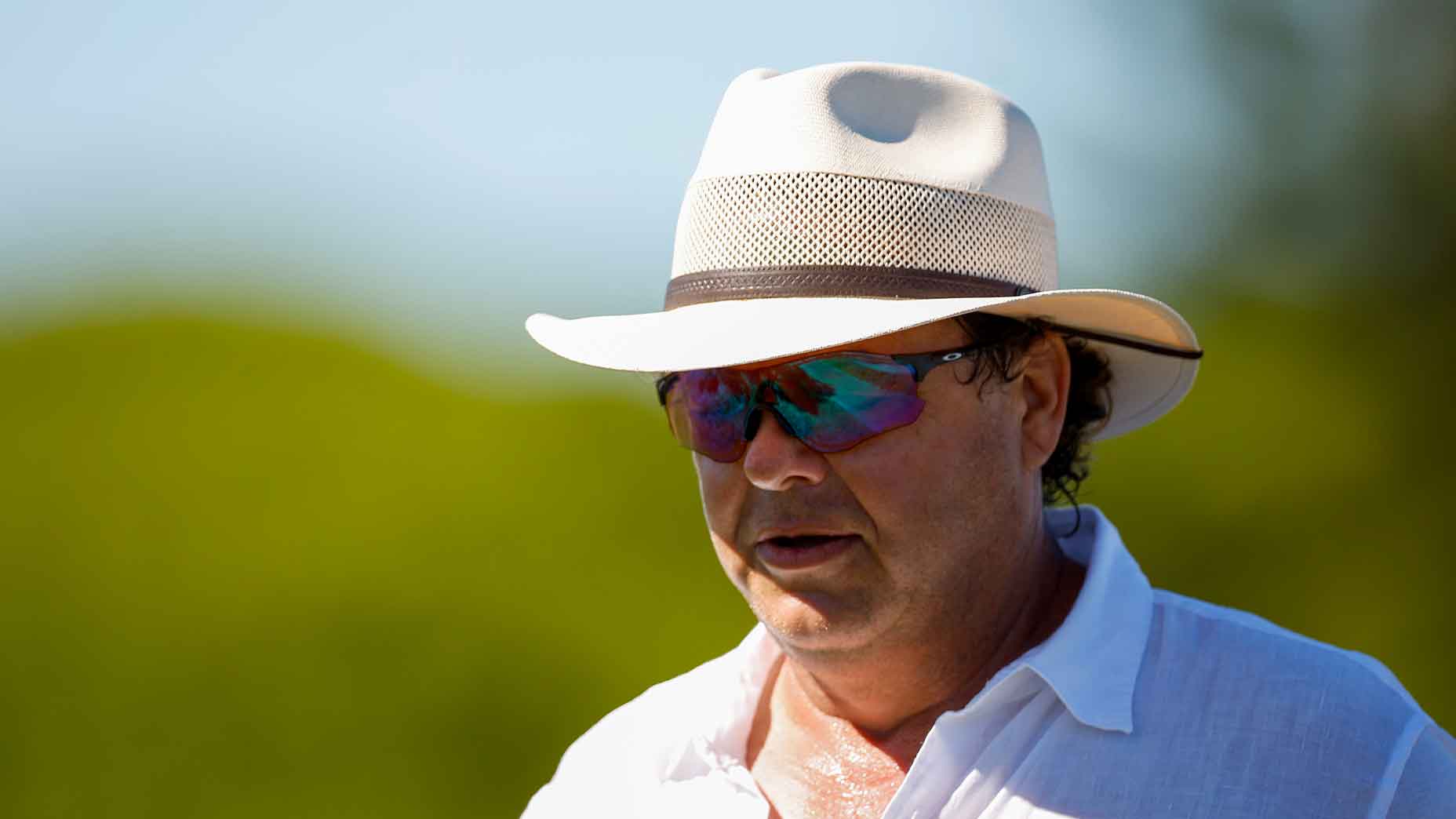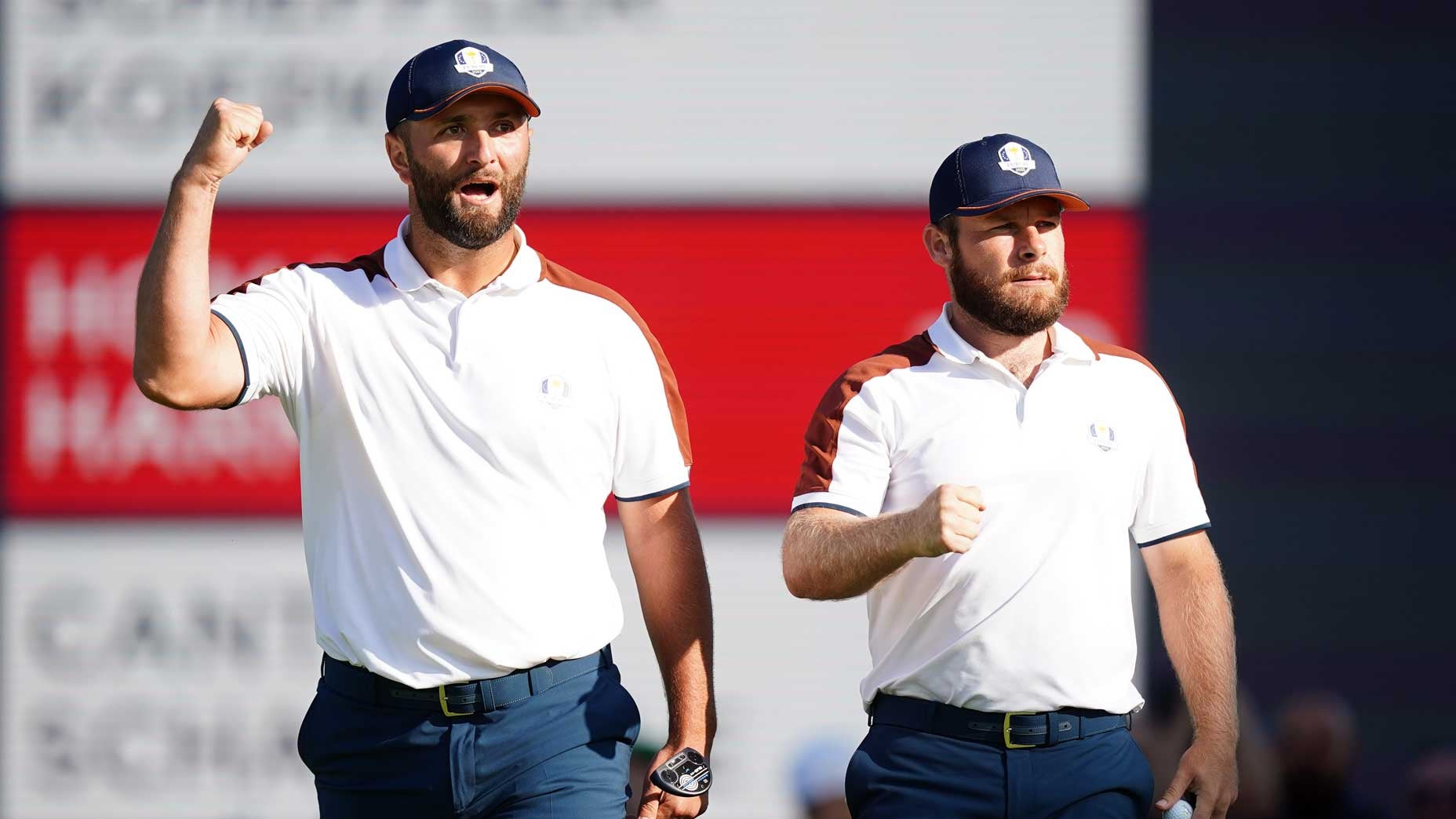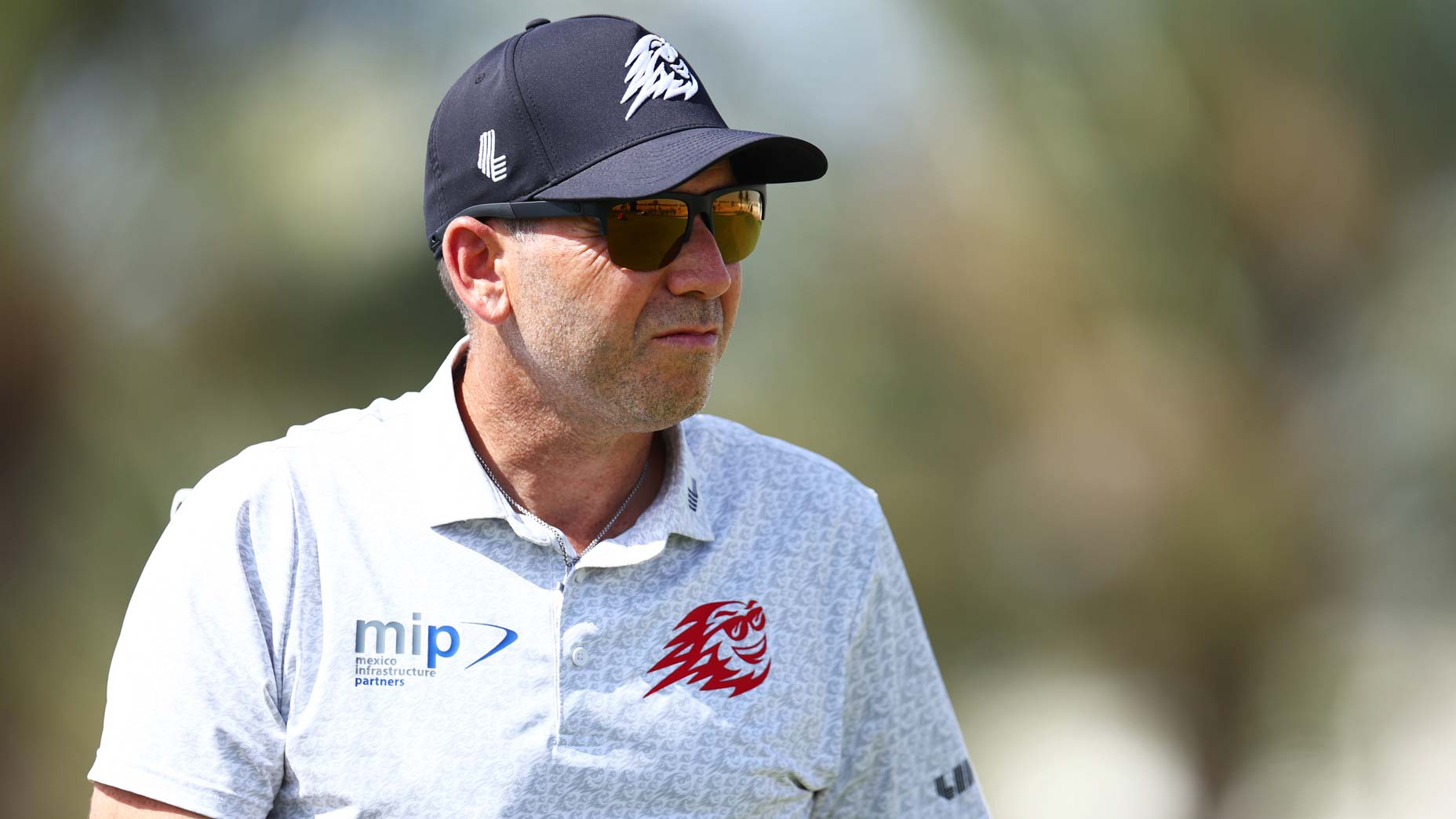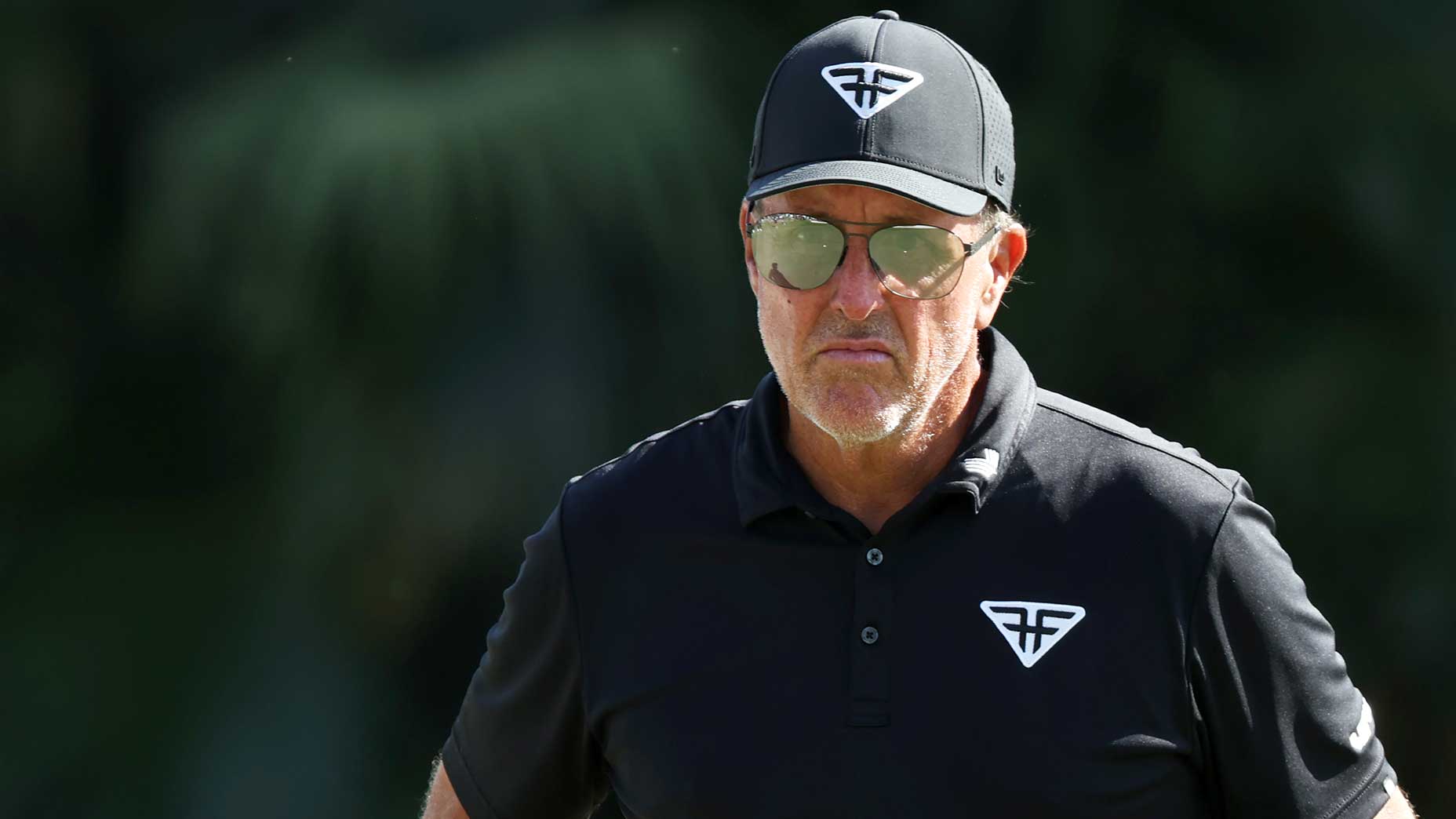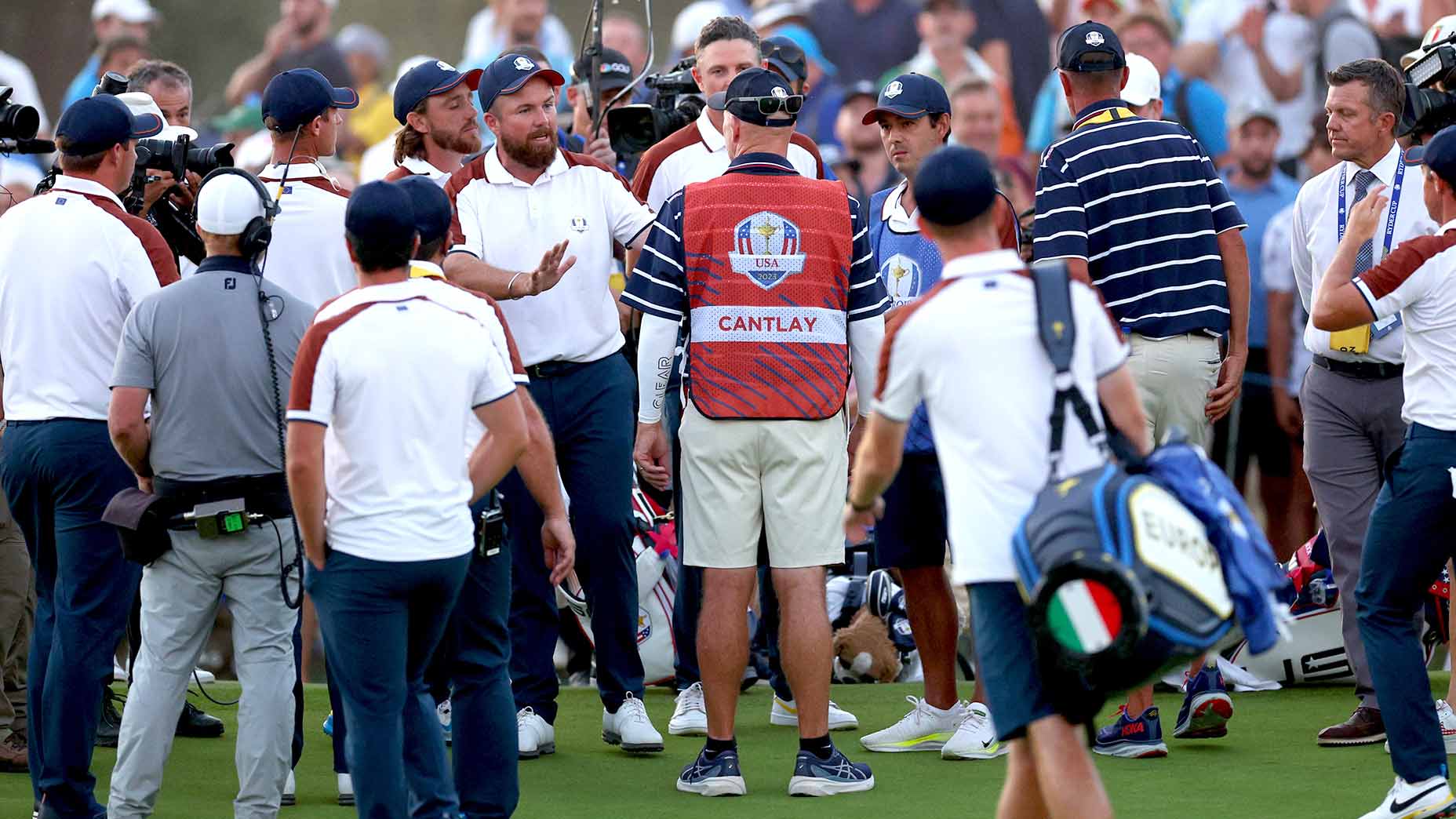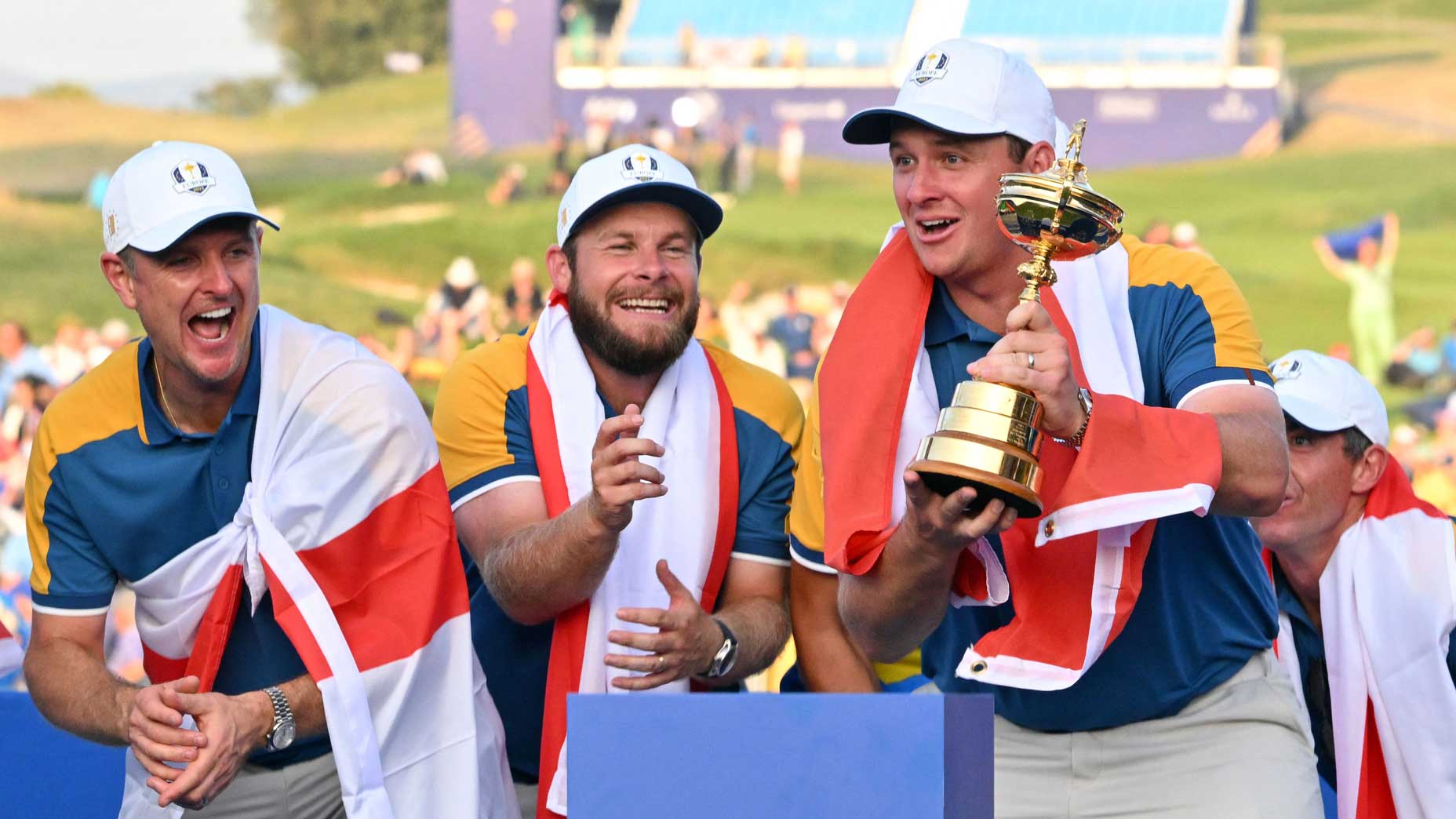This clever Ryder Cup strategy gave Europe an edge 2 weeks early

Jon Rahm and Tyrrell Hatton were one successful Ryder Cup pairing.
Getty Images
Going into this year’s Ryder Cup, the American pairings seemed relatively easy to figure out.
Justin Thomas would play with Jordan Spieth.
Scottie Scheffler would play with Sam Burns.
Xander Schauffele would play with Patrick Cantlay.
A couple other pairings, including Max Homa and Brian Harman, revealed themselves during practice rounds. But the rest of the team’s strategy would fill into that foundation. The stability of those pairings was seen as an American strength; Thomas-Spieth, Scheffler-Burns and Schauffele-Cantlay have been partners in the past and they’re each other’s closest friends on Tour, too. What could go wrong?
Guessing the European pairings, on the other hand, seemed a much trickier exercise.
“This year we have a little bit of a new team, some rookies. That means that you have to kind of find that correct combination of players,” said captain Luke Donald, explaining why so many different iterations of players were sharing tee times. But he hinted towards his criteria for pairings, too.
“Do they match up? Are they suited to that format of golf the best? And how are their personalities? Do they get along well?”
But there was something clever that Donald did, too, with help from the DP World Tour and the BMW PGA Championship. And it was only on my Tuesday morning flight back to the U.S., prompted by a text from a buddy, that I realized the ingenuity of the move.
Let’s bop back in time — three weeks, specifically — to Team Europe’s scouting trip to Marco Simone. All 12 players attended. All 12 players competed. All 12 players sat around the firepit that night. Smashing success. The one bit of news that came out of that trip was that the team of Ludvig Aberg and Viktor Hovland had taken down Rory McIlroy and Tommy Fleetwood, a reminder of the youth and talent spread throughout the roster. And at the trip’s conclusion all 12 players headed to the BMW PGA Championship, a massive DP World Tour event that would double as a tune-up.
On a basic level, getting all 12 players together in a tournament felt like a great first step and an advantage, too. In diagnosing the American defeat, Spieth lamented the U.S. team’s gap after the Tour Championship; most of the team hadn’t played in a month.
“If you asked us when we would like to play the Ryder Cup relative to our schedule, I think we would probably say, give us a week after the Tour Championship or two weeks after and then go, instead of five,” he said.
But to dive next level into the brains of Donald and his vice captains, let’s go back and check out the BMW pairings. That’s where things get fun.
The 8:40 a.m. tee time in the first round at Wentworth put McIlroy alongside Hovland and Aberg. Looking back, you can see the thought process: get Hovland and Aberg comfortable around each other while playing in the same group — and make it McIlroy’s job to juice the pressure.
The 9 a.m. tee time had Tommy Fleetwood, Shane Lowry and Sepp Straka. What was the method to that madness? We wouldn’t find out until Friday foursomes at Marco Simone, when Lowry and Straka went off together in the third spot. Spoiler alert: It went well.
The 9:30 tee time that first day at Wentworth consisted of the plan’s great architects: Donald played alongside vice captains (and brothers) Francesco and Edoardo Molinari.
The afternoon wave proved prophetic, too. Jon Rahm played with Tyrrell Hatton and Nicolai Hojgaard in the 12:40 p.m. time, while the 12:50 put Justin Rose with Matthew Fitzpatrick and Robert MacIntyre.
The groups clearly meshed well; that week all 12 Ryder Cuppers made the cut and nine of the 12 finished inside the top 18.
And when the foursomes pairings came out on Thursday evening ahead of the first foursomes session, they were:
Rahm and Hatton
Hovland and Aberg
Straka and Lowry
Fleetwood and McIlroy
Europe won all four of those matches. None even made it to the 18th hole. That was even better than they’d drawn it up.
What does that really have to do with the BMW PGA?
Well, the fiddliest, most awkward format of the Ryder Cup is those foursomes (alternate shot) matches, because these guys are so used to going it alone. It’s tough to quantify, exactly, but numbers suggest it’s the format where comfort, camaraderie and chemistry mean the most. Those are attributes that are tough to quantify but you generally know ’em when you see ’em.
The afternoon fourballs included two more partnerships forecasted by those BMW PGA pairings: Rahm-Hojgaard and MacIntyre-Rose. Both veteran/rookie duos earned a half-point, doing their part as team Europe stretched its lead.
On Saturday morning the European side sent out the exact same foursomes teams. They went 3-1 this time, juicing the European lead to 9.5-2.5. That would prove insurmountable and the numbers had spoken for themselves: Team Europe won seven of eight points in alternate shot.
“I don’t think we could have done a whole lot better,” said Hovland after he and Aberg finished off a 9-and-7 victory over Scottie Scheffler and Brooks Koepka. “It’s nice to kind of speak our own language and we understand each other. Obviously same humor, same culture. He’s a stud. He doesn’t miss a shot, so it’s easy when I’m playing well and he’s playing well and we are just feeding off of each other.”
On Saturday afternoon the Americans clawed back and grabbed three of four points — though the unlikely duo of MacIntyre and Rose secured a full point in theirs. From the outside it was surprising to see them unbeaten in two matches. From the inside?
“You know, the plan for Bob and Justin has been more than a couple days,” Donald said that evening. “It’s been a longer one, and I’ve got to give full credit to what Justin has done. Really did take him under his wing.”
Rose had some pointed thoughts of his own.
“There’s a really strong culture on the European team,” he said. “A good pairing on the European team doesn’t mean playing with your best mate. It means about representing something bigger than yourself, and I feel like that’s, for me, what being a European Ryder Cup player is all about.”
Other winning strategies emerged from the Europeans’ practice sessions. After his first match McIlroy dished on one of ’em:
“All week, all we’ve been talking about is getting off to fast starts,” he said. “Playing three-hole matches in practice, three holes, go again, three holes, go again, something that Luke’s drilled into us. We were ready to go from the first tee shot, as obviously as you can see in how everyone played.”
The numbers backed that up; Justin Ray reported that Europe outscored the U.S. 10-4 on the first hole.
“As a team we knew getting off to a fast start was important,” Donald said in the winner’s press conference.
“Rory still hasn’t paid me, by the way,” Rose added.
“Rory actually never pays,” chimed in Tommy Fleetwood, cracking up. “Can I just say that? Rory never pays.”
“I didn’t win the FedExCup this year,” McIlroy called back. “I don’t have any money.”
Like I said, you know comfort, camaraderie and chemistry when you see it. And Europe seemed to do the little things to ensure they developed.

